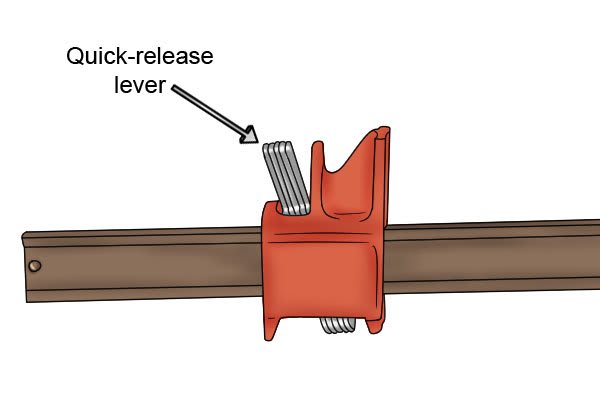Been looking around, can't find the engineering name for this:
You have a rod that passes through a thin steel plate via a slightly larger hole than the rod. When the plate rocks back on the rod, friction is created that holds the rod in place and keeps it from sliding linearly. Is there an engineering name for this? I'm finding google sucks for stuff like this.
Further, Is there any mechanical advantages if the hole in the plate that the rod passes through is oval vs circular? Is there a ratio of rod diameter to hole size for optimal clamping grip on the rod?
Hoping this makes sense
You have a rod that passes through a thin steel plate via a slightly larger hole than the rod. When the plate rocks back on the rod, friction is created that holds the rod in place and keeps it from sliding linearly. Is there an engineering name for this? I'm finding google sucks for stuff like this.
Further, Is there any mechanical advantages if the hole in the plate that the rod passes through is oval vs circular? Is there a ratio of rod diameter to hole size for optimal clamping grip on the rod?
Hoping this makes sense


![[bigsmile] [bigsmile] [bigsmile]](/data/assets/smilies/bigsmile.gif)


